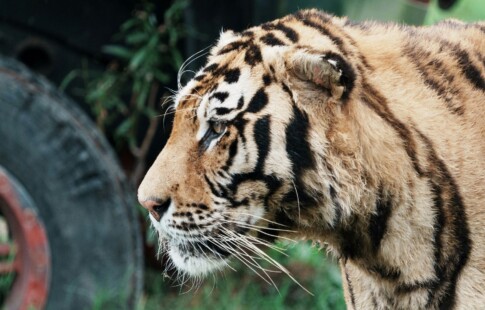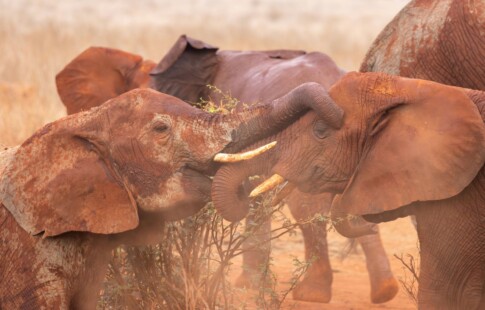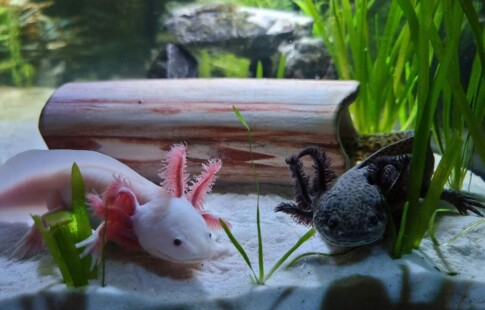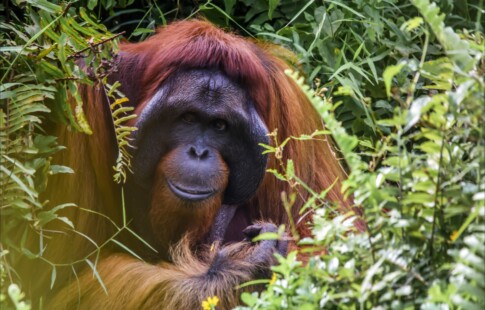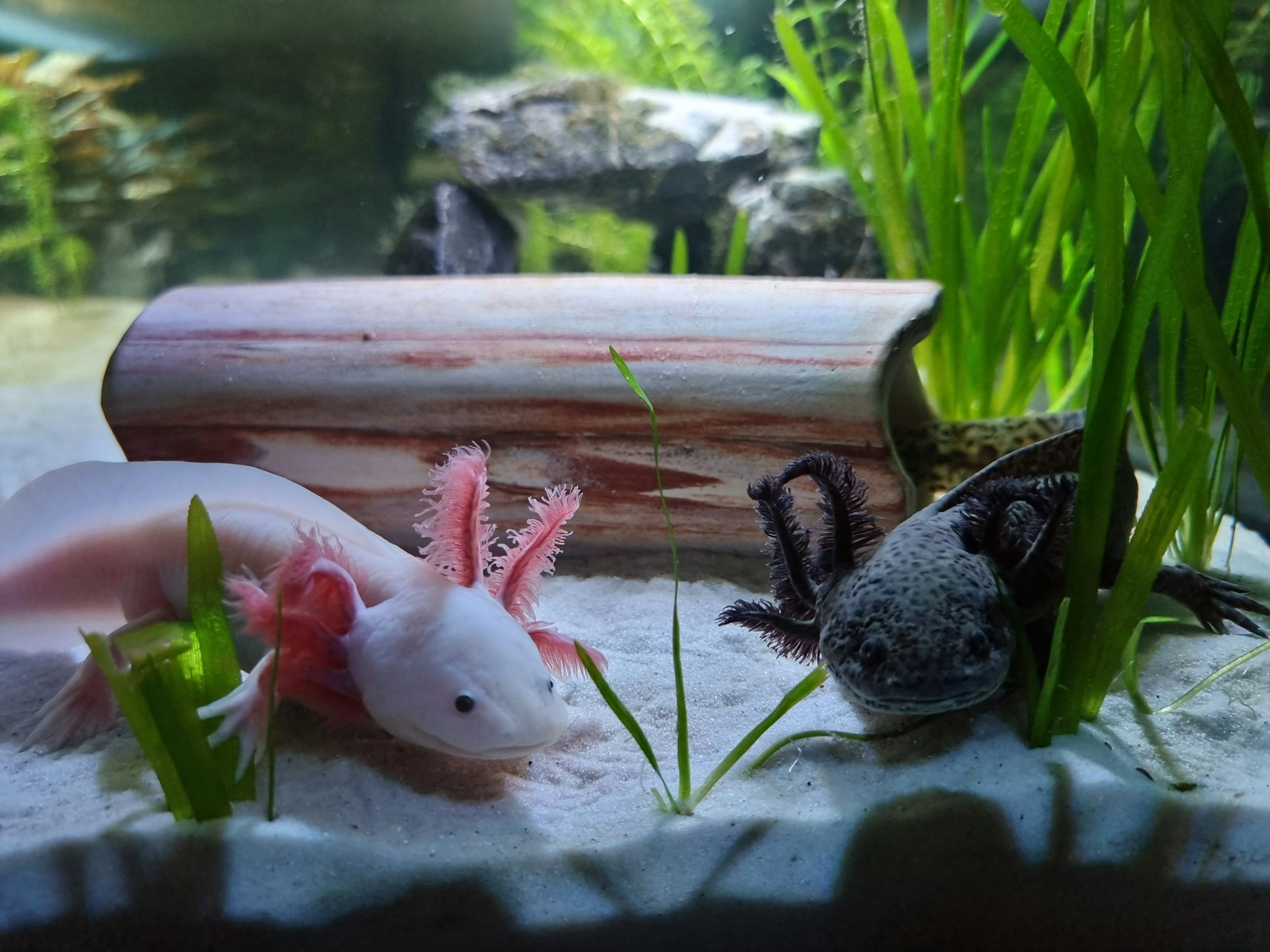
The Smiling Salamander’s Silent Struggle: Why Are Axolotls Endangered?
We are reader-supported. When you buy through links on our site, we may earn affiliate commission.
Many people would declare the axolotl their favorite amphibian, and their perpetual smiles make them among the cutest in the animal kingdom. This begs the question, why are axolotls endangered? Surely, such a sweet face would thrive. Unfortunately, this species faces dire threats, including urban development, rampant pollution and run-ins with invasive species.
Conservationists are busy with initiatives to protect the axolotl, launching projects to restore its habitat, improve water quality and breed it in captivity for species recovery. Raising awareness about its plight has helped garner support for these initiatives, giving a semblance of hope for its future population.
What Are Axolotls?
As neotenic salamanders, axolotls keep their larval features, such as external gills, throughout their adult lives. Unlike frogs and newts, these critters remain in the water, never going through metamorphosis.
Those found in the wild are usually a brown-grey color or albino, in which they appear pinkish-white. They’ll eat molluscs, worms, larvae, crustaceans and small fish, living to 10 to 15 years.
Axolotls are well recognized for their smiles and feathery gills, which make them popular specimens for research and as pets. Some say they look similar to a real-life Pokémon character. You’ll only find it in the wild in Mexico’s Lake Xochimilco and Lake Chalco. However, both lakes have undergone significant draining to control flooding.
Why Are Axolotls Endangered?
The International Union for Conservation of Nature and Natural Resources (IUCN) lists the axolotl as “critically endangered,” with only 50 to 1,000 mature individuals across 467 square kilometers. Its primary threats include:
- Urbanization
- Tourism and recreation
- Hunting and trapping
- Invasive species spread
- Disease
- Wastewater and industrial pollution
- Agricultural effluents
The introduction of tilapia and carp is a noteworthy issue for the axolotl, as they are their biggest competitors for food and habitat. The IUCN says a species recovery plan should entail habitat management and restoration — addressing predatory fish — before scientists release captive-bred axolotls to the wild.
Why Is the Axolotl an Important Species?
Like several other species on the brink of extinction, many might question whether to save the axolotl at all, questioning its importance. Although they might be small salamanders, they are vital to maintaining a balanced ecosystem and serve as an indicator species for environmental health.
Beyond the natural world, researchers study the axolotl for its unique regenerative abilities. According to EarthDay.org, they can regrow limbs up to five times, reaching full length within a few weeks. The findings pave the way for medical breakthroughs related to spinal cord repair and limb regeneration.
Other research shows that axolotl skin contains antimicrobial peptides (AMPs), which may help the world address antibiotic resistance. The AMPs adhere to and damage bacteria, fungi and viruses, even demonstrating efficacy against MRSA and breast cancer cell death.
What Can Be Done?
The axolotl’s survival greatly depends on a holistic conservation approach. The IUCN has outlined several threats — now, ecological organizations, policymakers and individuals must come together to create viable solutions for this iconic amphibian.
1. Water Quality Improvement
Lake Xochimilco and its surrounding channels are highly polluted, hindering axolotl survival. One study demonstrated the effects of wastewater and chemical pollution on axolotl health and reproduction. Ammonia, nitrite and nitrate are particularly toxic, negatively impacting juveniles the most.
Implementing adequate filtration systems and mitigating runoff is essential to improving water quality. Local communities must also collaborate with government agencies and environmental groups to establish and monitor the success of restoration and conservation initiatives.
2. Habitat Restoration
Restoring and preserving the remaining Xochimilco wetlands is critical for axolotls. The ancient Aztecs created sustainable wildlife habitats using floating farms called “chinampas,” an effort in revival among research teams.
The Ecological Restoration Laboratory at the National Autonomous University of Mexico’s Institute of Biology has created several chinampas to create a refuge for axolotls. The project, which began 15 years ago, addresses water quality and quantity first and foremost. As a result, local farmers have benefited from increased crop yields.
The chinampas have also protected other native species, including mesa silverside fish and acocile shrimp, while reducing the amount of invasive wildlife. These floating gardens have provided a sustainable food source for axolotls and protect the area from ongoing development and pollution.
3. Captivity-Bred Projects
Captive breeding programs are helping boost axolotl populations. A recent NPR report discussed one such project, which bred and released 18 axolotls — nine males and nine females. After monitoring their introduction to the wild, the scientists determined their survival hinged on a restored wetland habitat and ideal water conditions.
The researchers were most concerned with how well the animals would adapt to the natural world when all they knew was captivity. For instance, they might not know how to recognize predators or catch prey. Surprisingly, the aloxotls flourished in their new home, with some even gaining weight.
4. Invasive Species Control
Because tilapia and carp pose such a significant threat to axolotls, adaptive strategies for their targeted removal and the prevention of the introduction of other invasive species are essential.
Nonnative species control is complex and requires careful planning and monitoring to ensure long-term success. Methods like netting and trapping must be conducted with precision to avoid harming native species.
5. Sustainable Agriculture
Promoting sustainable agriculture will help reduce pollution — including runoff from harmful pesticides, fertilizers and herbicides — that alter water quality in the Xochimilco lake system. About 17% of endangered species must have clean groundwater to live.
Eco-friendly practices could include organic farming and integrated pest management, safeguarding axolotl habitats. Initiatives should support local farmers in adopting safer techniques that create a healthier environment for the axolotls and local communities.
6. Raising Awareness
Educating others about the importance of axolotls and the threats they face is crucial to ongoing conservation efforts. Awareness becomes action and can encourage people to make environmentally conscious decisions.
Social media campaigns, education programs, and community outreach effectively get people involved and spread the word. Inspiring people to advocate for the species’ protection can aid its survival.
Saving the Smiley Salamander
The axolotl needs help before the species disappears forever. Without them, too much is at risk, from an imbalanced ecosystem to the loss of insight into critical medical understandings. They might be small, but their importance to the world is beyond measure.
Share on
Like what you read? Join other Environment.co readers!
Get the latest updates on our planet by subscribing to the Environment.co newsletter!
About the author
Maria Visser
Maria serves as the Assistant Editor of Environment.co. A true foodie and activist at heart, she loves covering topics ranging from veganism to off grid living.
